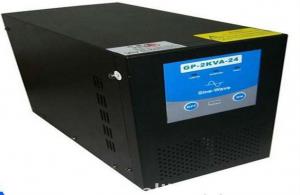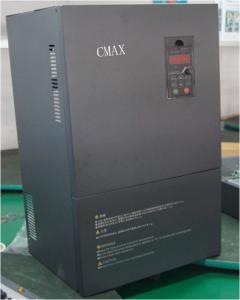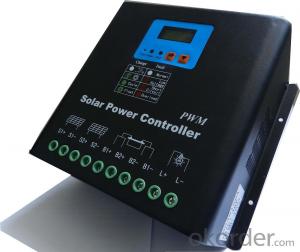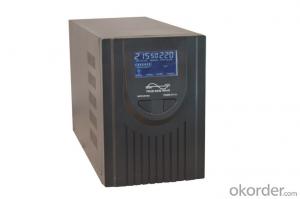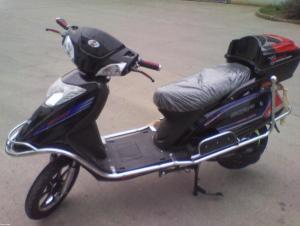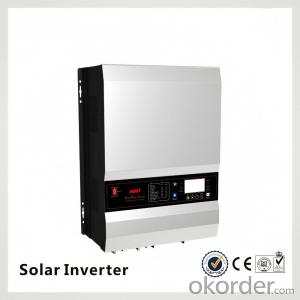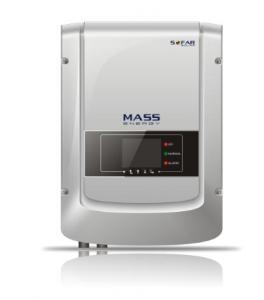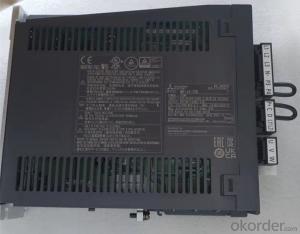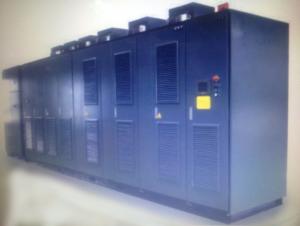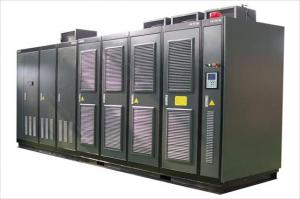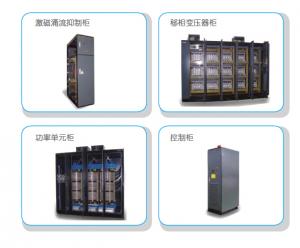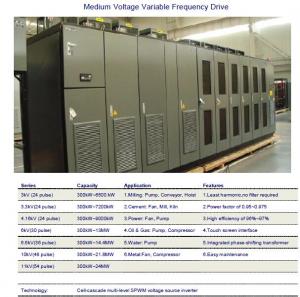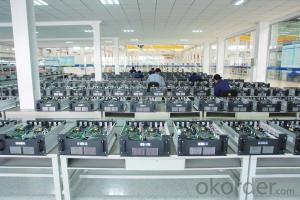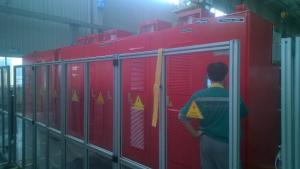Solar Inverter 4000 Watt
Solar Inverter 4000 Watt Related Searches
4000 Watt Solar Inverter Solar Power Inverter 4000 Watt 4000 Watt Inverter Solar Solar Inverter 4000w Solar Power Inverter 4000w 4000w Solar Inverter 4000w Solar Power Inverter Solar Inverter 48v 4000w 400 Watt Solar Inverter 4 Kilowatt Solar Inverter 4kw Solar Inverter 4kw Inverter Solar 3000 Watt Solar Inverter 10000 Watt Solar Inverter Solar Inverter 10000 Watt 3500 Watt Solar Inverter Solar Inverter 3500 Watt 400w Solar Inverter 400v Solar Inverter Solar 3000 Watt Inverter 2000 Watt Solar Inverter 3000 Watt Solar Power Inverter Solar Inverter 2000 Watt 5000 Watt Inverter Solar 5000 Watt Solar Inverter Solar Inverter 6000 Watt 6000 Watt Solar Inverter 1000 Watt Solar Inverter Solar 2000 Watt Inverter Solar 3000 Watt Power InverterSolar Inverter 4000 Watt Supplier & Manufacturer from China
The Solar Inverter 4000 Watt is a high-performance device designed to convert the direct current (DC) generated by solar panels into alternating current (AC) that can be used by various electrical appliances. This efficient and reliable inverter is equipped with advanced features such as maximum power point tracking (MPPT) and multiple input/output options, ensuring optimal energy utilization and compatibility with different solar panel systems.The Solar Inverter 4000 Watt is widely used in residential, commercial, and industrial settings where solar energy is harnessed to power various electrical loads. It is particularly suitable for applications such as home solar systems, off-grid solar power plants, and backup power supplies. This product is also ideal for use in remote areas where grid electricity is either unreliable or unavailable, providing a sustainable and eco-friendly energy solution.
Okorder.com is a leading wholesale supplier of the Solar Inverter 4000 Watt, offering a vast inventory of this high-quality product at competitive prices. With a strong commitment to customer satisfaction, Okorder.com ensures that each Solar Inverter 4000 Watt is thoroughly tested and inspected before being shipped to customers worldwide. This guarantees that buyers receive a reliable and efficient solar inverter that meets their energy conversion needs.
Hot Products



